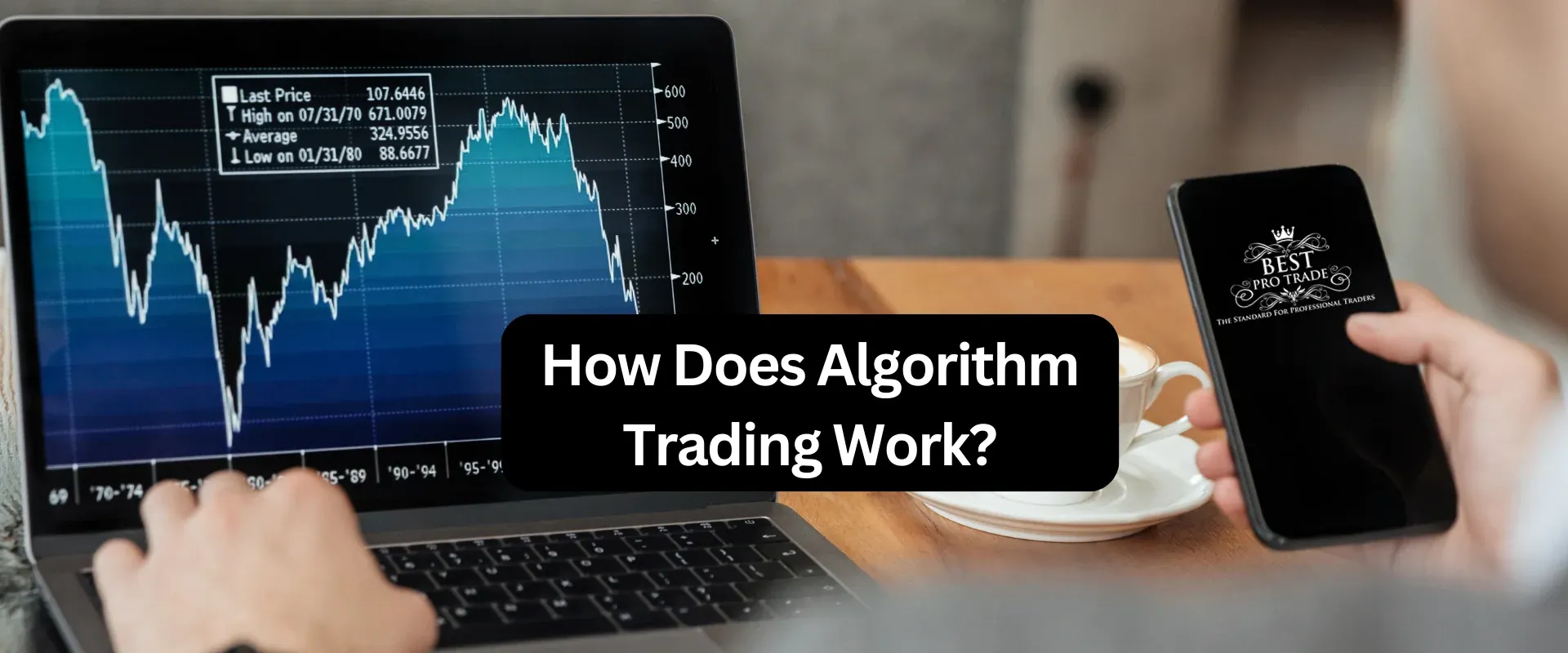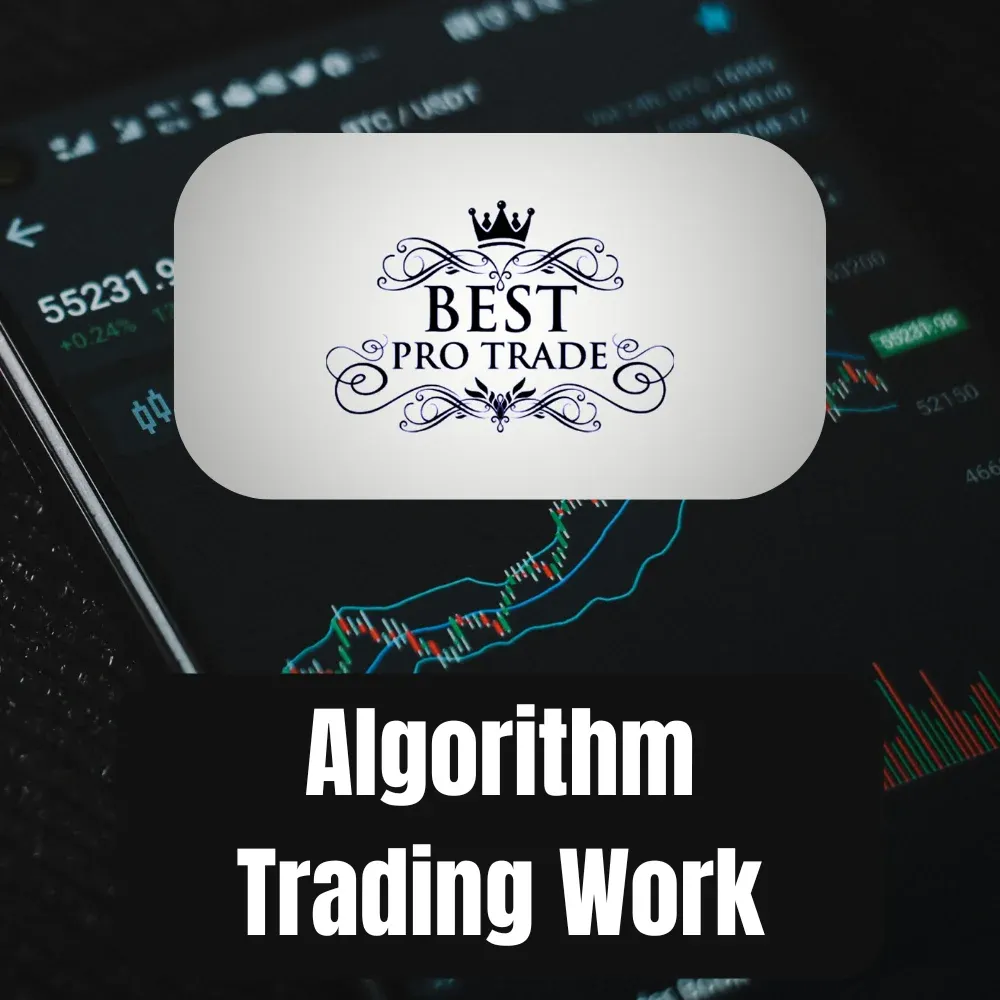When it comes to trading in the stock markets, there are multiple types and multiple methods involved. Most of these methods and forms of trading were established by experts to hit closer to predicting future falls and rises in the stock market. One of the types of trading is algorithm trading, which involves utilizing the advantage of higher speed and knowledge computers have over human traders. 12tradepro trading strategy tools in the stock market sometimes includes a deliberate and programmed set of instructions that accounts for the non-fixed aspect of trading. This could be either time, price, and volume.
Algorithm trading gained substantial ground in the stock market at the dawn of the twenty-first century; since then, it has become the center of attraction for institutional and retail traders. This could be said to be because of its higher-level processing advantages. Some of the popularly used algorithms are Pegged, TWAP, Percentage of volume, and Target close.
How Does Algorithm Trading Work?
In terms of operations, and algorithm trading, I most times used alongside automated trading. As the name implies, algorithm trading utilizes high-level mathematical formulas and complex programs to yield a high turnover and order to trade ratios. This kind of trading is classified as high-frequency trading.
They ultimately embody strategies that can perform trading operations way faster than human traders can react. By using computer-based systems and high-level algorithms, complex decisions can be made quickly, making trade operations and reactions yield better results. Algorithm trading systems can receive electronic signals, observe them, process them, and initiate orders making them one of the best forms of trading in the stock market.

Benefits of Algorithmic Trading
- Speed and Efficiency: Algorithms can execute trades much faster than humans, taking advantage of fleeting market opportunities.
- Elimination of Emotions: By removing human emotions from the trading process, algorithmic trading avoids common pitfalls like emotional decision-making and hesitation.
- Backtesting and Optimization: Algo trading strategies can be backtested using historical data to ensure their effectiveness before being deployed in live markets.
- Diversification: Algorithms can trade across multiple asset classes and markets simultaneously, diversifying risk and potentially increasing returns.
- 24/7 Trading: Unlike human traders, algorithms can operate around the clock, capturing opportunities in global markets even when traders are asleep.
Types of Algorithmic Trading Strategies
There are various types of algorithmic trading strategies, each designed to capitalize on different market conditions and opportunities. Some common strategies include:
1. Trend-following Strategies: These strategies aim to capitalize on market trends by buying assets that are trending upward and selling assets that are trending downward.
2. Mean Reversion Strategies: Mean reversion strategies identify assets that are overbought or oversold and aim to profit from their return to their mean or average price.
3. Statistical Arbitrage: Statistical arbitrage strategies exploit pricing inefficiencies between related assets, such as stocks and their derivatives, by simultaneously buying and selling these assets to capture profit.
4. High-Frequency Trading (HFT): HFT strategies involve executing a large number of trades at incredibly high speeds, often leveraging technology like co-location and low-latency trading infrastructure.
Best Pro Trade Who Can Use Algorithm Trading Systems?
12tradepro trading strategy tools or systems are beneficial and efficient in the stock market. However, not every regular trader can use it. Most times, such methods are used by big organizations and companies with large investments in the stock market and institutions in possession of considerable funds.
Trade Investment Banks
Investment banks initiate a large amount of trading that takes place in the stock market. These banks are in large possession of funds, kept there by companies, industries, organizations, associations, and individuals. An agreement on investment bonds the funds stored. These banks invest in financial sectors with high turnovers and yield interests. Due to the volatility of the stock market, it remains the best place for such investments. Preprogrammed trading methods like algorithm trading is most popular with banks as they can track, process, and execute large amounts of orders due to their fast speed and processing ability.
Trade Pension Funds
Some institutions secure your future with future trading. Pension funds are funds stored up by a company or institution to ave up for the retirement period of employees. These institutions invest the pension funds into the stock market to yield interest for themselves to safekeeping the funds and you. The stock market is the perfect place to attain such large-scale returns. Its complex mathematical and program processing makes it easy to manage, track, and place orders.
Mutual funds and hedge funds that also need to spread out a large order execution also use algorithm trading systems.
Can Algorithm Be Used To Trade Stocks And Futures?
Gone are the days when trading stocks seemed to be a complex task. With advanced AI and technology that has birthed new trading methods, like algorithm trading, you no longer need expert-level experience to trade stocks and futures in the stock market. With inbuilt programs to trade stocks and process data at extremely high speed and frequencies, Algorithm trading is perfect for the ever-changing stock market.
Best Pro Trade Strategies Used In Algorithm Trading
Algorithm trading in itself can be branched into different methods, each best suited for the goal at hand. Some of these strategies include
- Pure speculation
- Inter market spreading
- Arbitrage
- Market making
Best Pro Trade
Algorithm trading systems are trading systems used to elaborate decisions in the stock market with speed, accuracy, and versatility, reducing losses, and increasing turnover. Although used by bodies with large fund investments, it draws more attention from retail and institutional traders.
Check out our YouTube channel to learn more about our trading systems.

